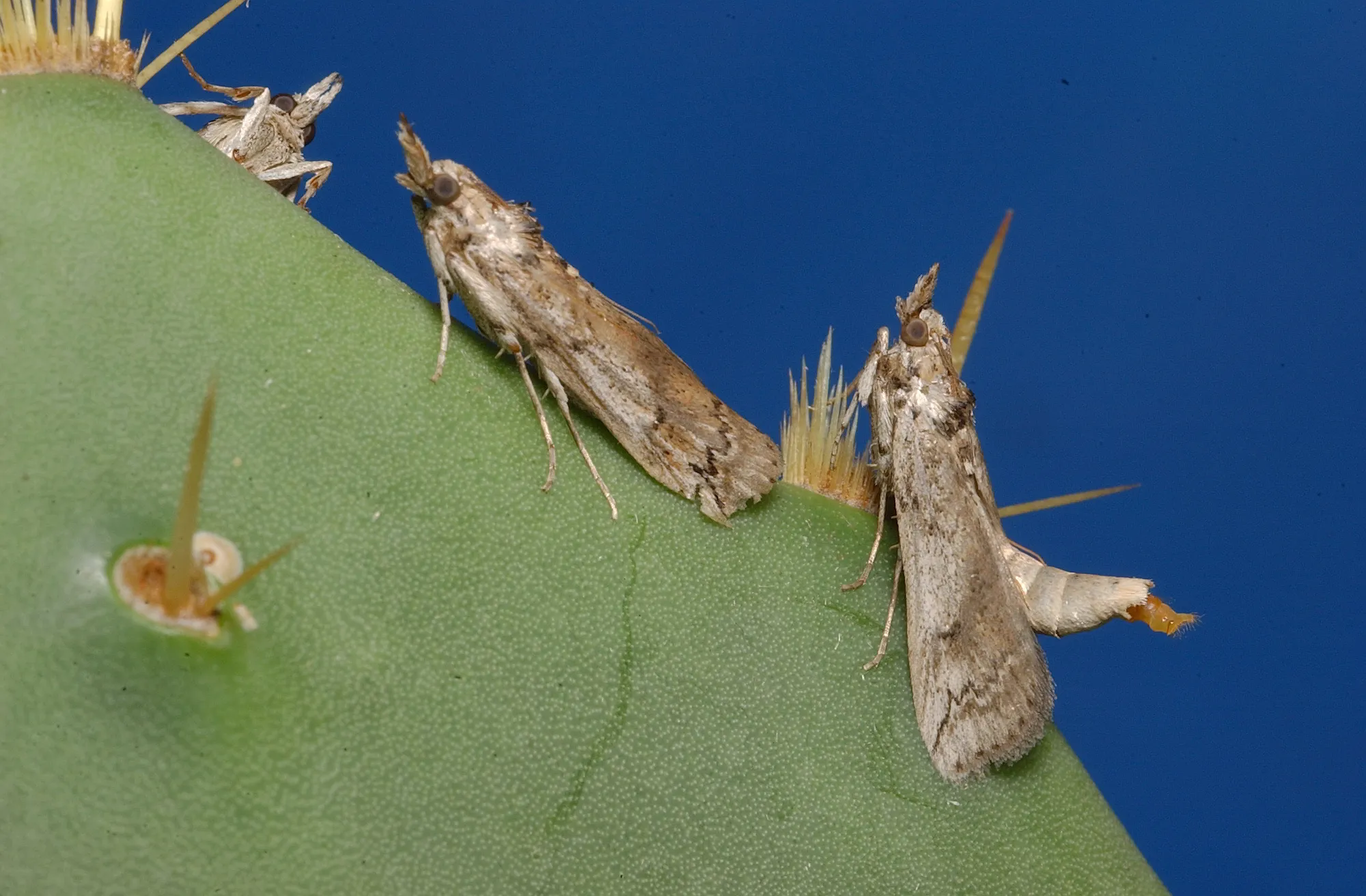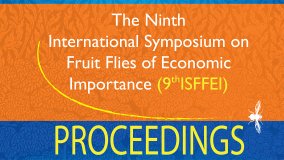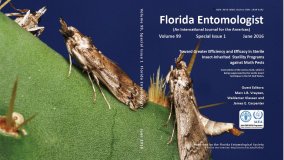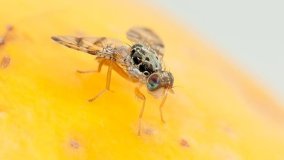Using a genetic phenomenon for pest control
Attributes that are common to inherited sterility in Lepidoptera are that:
- Male and female offspring are more sterile than the irradiated parental generation.
- More male than female offspring is produced.
- The development time is longer and sperm quality of the offspring is reduced.
The unique genetic phenomena responsible for inherited sterility in Lepidoptera and some other arthropods, as compared with full sterility, provide advantages for pest control. Lepidopteran females generally are more sensitive to radiation than are males of the same species. This allows the dose of radiation to be adjusted so that treated females are completely sterile and males are partially sterile. When these partially sterile males mate with wild females, the radiation-induced harmful effects are inherited by the next generation. At the same time, the lower dose of radiation used to induce sterility increases the quality and competitiveness of the released insects.
Field programmes releasing irradiated moths under an SIT or inherited sterility approach have been in operation since the 1960s. The pink bollworm, Pectinophora gossypiella, has been successfully contained since 1969 in cotton areas of the San Joaquin Valley in California and is being successfully targeted for eradication from cotton areas in the south-western USA and north-western Mexico. Since the early 1990's, the codling moth has been successfully suppressed in apple and pear production areas in the Okanagan Valley in British Columbia, Canada, and countries such as Argentina, Brazil and South Africa have plans or programmes against this pest. New Zealand eradicated outbreaks of the Australian painted apple moth, Teia anartoides. Mexico eliminated outbreaks of the cactus moth, Cactoblastis cactorum, and the USA contains its advance along the Gulf of Mexico coast. South Africa has a programme to suppress the false codling moth, Thaumatotibia leucotreta, in citrus orchards.




